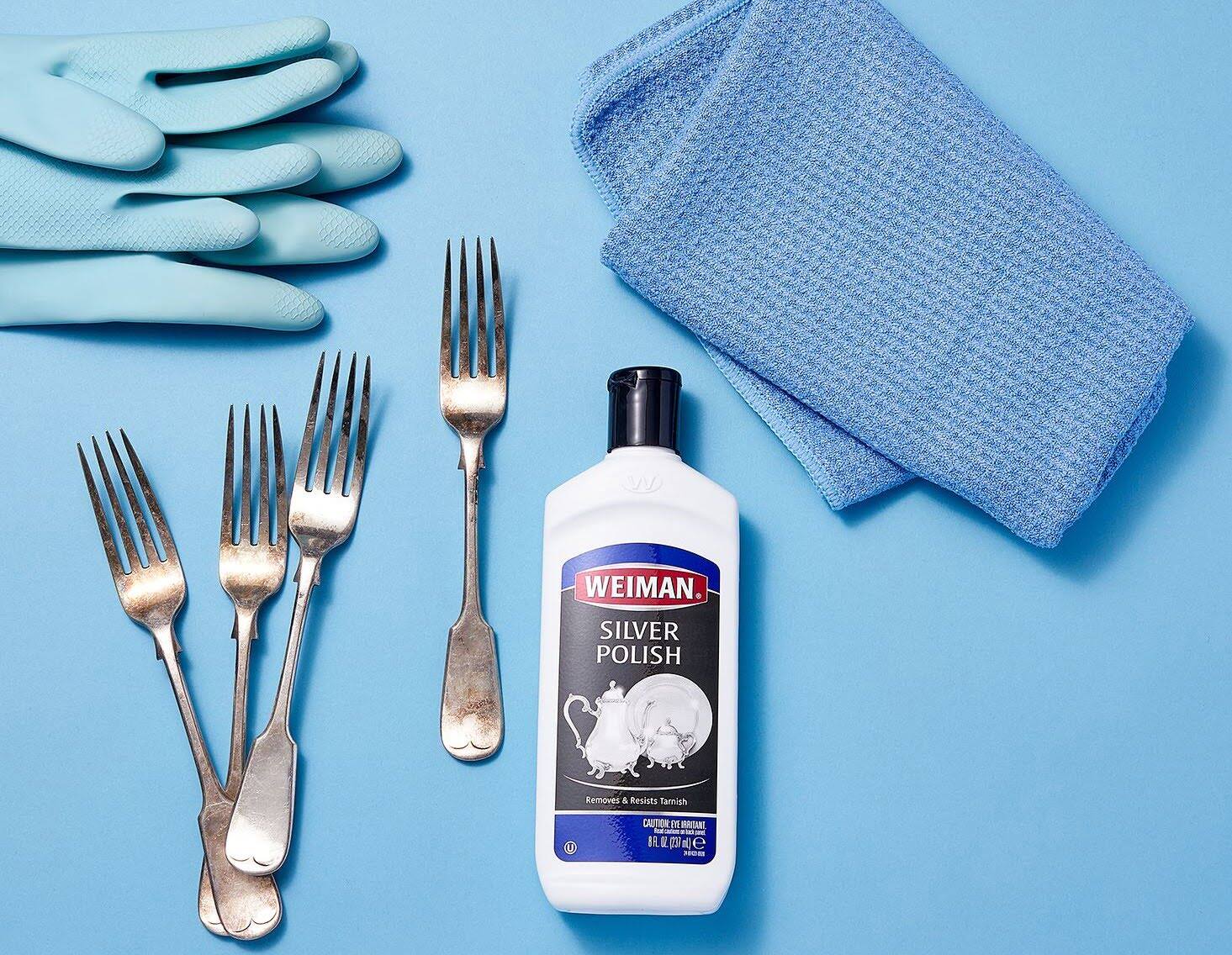

Tableware
How To Clean Tarnished Silver Cutlery
Modified: January 20, 2024
Learn how to clean tarnished silver cutlery and restore their shine with our expert tips and tricks. Revive your tableware with these easy cleaning methods.
(Many of the links in this article redirect to a specific reviewed product. Your purchase of these products through affiliate links helps to generate commission for Storables.com, at no extra cost. Learn more)
Introduction
Silver cutlery has long been a symbol of elegance and sophistication, adding a touch of glamour to any dining experience. However, over time, silver can become tarnished, losing its luster and shine. If you have tarnished silver cutlery, there’s no need to despair. With a few simple cleaning techniques, you can restore your silverware to its former glory.
Tarnish is a natural process that occurs when silver reacts with sulfur in the air or with certain foods like eggs or onions. It forms a dark, dull layer on the surface of the silver, obscuring its beauty. While tarnish may seem daunting, it is relatively easy to remove with the right cleaning methods.
This article will guide you through various techniques to clean tarnished silver cutlery, ranging from household ingredients to specialized silver cleaners. By following these steps, you can effectively eliminate tarnish and restore the brilliance of your silverware.
Key Takeaways:
- Say goodbye to tarnished silver cutlery with simple household ingredients like baking soda, lemon juice, and vinegar. Restore the shine and elegance of your silverware with easy, natural cleaning methods.
- Keep your silver cutlery gleaming for generations by following proper storage and maintenance practices. Regular cleaning, gentle polishing, and careful storage will preserve the timeless charm of your silverware.
Understanding Tarnished Silver
Before diving into the cleaning process, it’s important to understand what tarnish is and how it affects silver cutlery. Tarnish is a layer of corrosion that forms on the surface of silver when it comes into contact with sulfur-containing compounds in the air, water, or certain food items. This reaction leads to the formation of silver sulfide, which gives silver cutlery that dull and blackened appearance.
Tarnish can be accelerated by factors such as humidity, exposure to certain chemicals, and even the oils on our hands. So, regular cleaning and maintenance are essential to keep your silver cutlery looking its best.
There are a few different types of tarnish that you may encounter:
- Light Tarnish: This type of tarnish appears as a thin, yellowish film or haze on the surface of the silver. It is relatively easy to remove and usually doesn’t require harsh cleaning methods.
- Heavy Tarnish: Heavy tarnish is characterized by a thick, dark layer that completely obscures the shine of the silver. This type of tarnish may require more aggressive cleaning techniques to fully restore the silver’s luster.
- Pitted Tarnish: Pitted tarnish occurs when the silver has been corroded for an extended period. It results in small pits or craters on the surface of the silver. Removing pitted tarnish may prove to be more challenging, and in some cases, professional restoration may be necessary.
It’s important to note that while cleaning tarnished silver cutlery is essential for its aesthetics, it’s also crucial for the longevity and functionality of your silverware. Tarnish not only diminishes the appearance but can also impact the usability of the cutlery. Removing tarnish regularly will ensure that your silver cutlery remains in good condition for years to come.
Preparing the Cleaning Solution
Before you begin cleaning your tarnished silver cutlery, you’ll need to prepare a cleaning solution. There are several common household ingredients that can effectively remove tarnish and restore the shine of your silverware.
One popular option is to create a paste using baking soda and water. Baking soda is a gentle yet effective cleaner that can remove tarnish without causing damage to the silver. To make the paste, simply mix equal parts baking soda and water to form a thick consistency. Adjust the amounts as needed to achieve the desired consistency.
Another method involves using aluminum foil and salt. Line a bowl or container with aluminum foil, shiny side up. Add hot water and dissolve a few tablespoons of salt in it. Place the tarnished silver cutlery in the solution, ensuring that it is in contact with the aluminum foil. Let it soak for a few minutes, and the tarnish should begin to dissolve.
If you prefer a natural cleaning solution, you can combine lemon juice and vinegar. Lemon juice contains citric acid, which helps break down tarnish, while vinegar acts as a mild acid that can dissolve the tarnish. Mix equal parts lemon juice and white distilled vinegar in a bowl or container. Place the tarnished silver cutlery in the solution and let it soak for a few minutes.
Lastly, if you prefer a ready-made solution, there are commercial silver cleaners available in the market. These cleaners are specifically formulated to remove tarnish from silver quickly and effectively. Follow the instructions provided with the cleaner to ensure safe and proper use.
Once you have prepared your cleaning solution, you’re ready to move on to the actual cleaning process. In the following sections, we will discuss different cleaning methods that you can employ to restore the shine of your tarnished silver cutlery.
Cleaning Method 1: Baking Soda Paste
Baking soda is a versatile household ingredient that can work wonders when it comes to cleaning tarnished silver cutlery. It is gentle yet effective in removing tarnish without causing any damage to the silver.
To begin, you’ll need to create a paste using baking soda and water. Mix equal parts baking soda and water in a bowl until you achieve a thick, paste-like consistency. If needed, adjust the amounts of baking soda and water to get the right consistency.
Once you have the paste ready, follow these steps to clean your tarnished silver cutlery:
- Apply the baking soda paste to the tarnished areas of the silver cutlery. Use a soft cloth or a sponge to gently rub the paste onto the surface.
- Pay special attention to the heavily tarnished areas, applying a bit more pressure to help remove the tarnish.
- Work the baking soda paste onto the silver cutlery in circular motions, ensuring that the paste covers the entire tarnished surface.
- Allow the paste to sit on the silver for a few minutes. This will give the baking soda enough time to break down the tarnish.
- After a few minutes, rinse the silver cutlery thoroughly with warm water to remove the baking soda residue.
- Use a clean, soft cloth to dry and buff the silver, revealing its renewed shine.
For stubborn tarnish, you may need to repeat the process or use a soft-bristle toothbrush to gently scrub the paste into the crevices of the silver cutlery. Be careful not to use excessive force or scrub too vigorously, as this can scratch the surface of the silver.
Once you have finished cleaning the silver cutlery, you can further enhance its shine and luster by polishing and buffing it. This will help restore its original brilliance and leave it looking as good as new.
Now that you know how to use baking soda paste to clean tarnished silver cutlery, give it a try and see the difference it can make. Remember to always exercise caution when handling silver cutlery and avoid using abrasive cleaners or harsh chemicals that could damage the surface. With proper care and maintenance, your silver cutlery will continue to shine for years to come.
Cleaning Method 2: Aluminum Foil and Salt
If you’re looking for a quick and effective way to clean tarnished silver cutlery, using aluminum foil and salt is a popular method that can yield impressive results. This method takes advantage of a chemical reaction between the aluminum foil, salt, and tarnish to remove the dark layer and restore the silver’s shine.
Here’s how to clean tarnished silver cutlery using aluminum foil and salt:
- Line a bowl or container with aluminum foil, ensuring that the shiny side is facing up. The foil should cover the entire bottom and sides of the container.
- Boil enough water to fully submerge the tarnished silver cutlery in the container.
- Once the water is boiling, dissolve a few tablespoons of salt in it. Salt helps enhance the cleaning process by acting as an abrasive, gently scrubbing away tarnish.
- Place the tarnished silver cutlery in the container, ensuring that it is in contact with the aluminum foil.
- Pour the hot saltwater over the cutlery until it is fully submerged. The tarnish should start dissolving almost immediately.
- Allow the silver cutlery to soak in the solution for a few minutes, or until the tarnish has dissolved to your satisfaction.
- Remove the silver cutlery from the solution and rinse it thoroughly with warm water to remove any residue.
- Use a soft, clean cloth to dry and buff the silver, revealing its restored shine.
For heavily tarnished silver cutlery, you may need to repeat the process or gently scrub the tarnish with a soft-bristle toothbrush. Be cautious not to scrub too vigorously to avoid scratching the silver.
It’s important to note that this method is not suitable for silver-plated cutlery or silver items with intricate designs, as the abrasive nature of the salt and the scrubbing action could damage the delicate plating or embellishments. It is always recommended to consult the manufacturer’s instructions or seek professional advice for cleaning such items.
With the aluminum foil and salt method, you can easily and effectively remove tarnish from your silver cutlery, leaving it looking bright and beautiful once again. Remember to handle the silver with care and to avoid using harsh abrasives or chemicals that could damage the surface. Regular upkeep and cleaning will help keep your silver cutlery in exquisite condition for years to come.
To clean tarnished silver cutlery, create a paste with baking soda and water, apply it to the cutlery, and gently rub with a soft cloth. Rinse and dry thoroughly. Avoid using abrasive cleaners that can damage the silver.
Cleaning Method 3: Lemon Juice and Vinegar
If you prefer a natural and acidic cleaning solution, using a mixture of lemon juice and vinegar can effectively remove tarnish from silver cutlery. Lemon juice contains citric acid, which acts as a gentle yet effective tarnish remover, while vinegar helps dissolve and remove the tarnish.
Follow these steps to clean tarnished silver cutlery using lemon juice and vinegar:
- Mix equal parts lemon juice and white distilled vinegar in a bowl or container. The acidity of the lemon juice and vinegar helps break down the tarnish.
- Place the tarnished silver cutlery in the solution, ensuring that it is fully submerged.
- Allow the silver cutlery to soak in the lemon juice and vinegar solution for a few minutes. You should start to see the tarnish dissolve.
- If necessary, gently rub the tarnished areas with a soft cloth or a sponge to help remove stubborn tarnish.
- Rinse the silver cutlery thoroughly with warm water to remove any residue from the solution.
- Dry the silver cutlery with a soft towel or cloth, ensuring that it is completely dry before storing it.
For heavily tarnished silver cutlery, you may need to repeat the process or let it soak for a longer period to ensure complete tarnish removal. However, be cautious not to leave the silver cutlery in the solution for too long, as prolonged exposure to the acidic mixture could potentially damage the silver.
It’s important to note that this cleaning method works best on solid silver cutlery and may not be suitable for silver-plated items or those with intricate patterns or delicate embellishments. These types of silverware may require alternative cleaning methods or professional advice to prevent damage.
Additionally, avoid using lemon juice and vinegar on silver items with porous gemstones or pearls, as the acid can cause harm to these materials. Always take extra care when cleaning silver cutlery with gemstone or pearl accents and consult with a professional, if necessary.
By utilizing the power of natural acids in lemon juice and vinegar, you can effectively remove tarnish from your silver cutlery, revealing its true shine and beauty. Remember to handle the silver with care and to avoid using abrasive scrubbers or harsh chemicals that could scratch or damage the surface. With regular cleaning and maintenance, your silver cutlery will continue to sparkle for many years to come.
Cleaning Method 4: Commercial Silver Cleaner
If you’re looking for a convenient and reliable option to clean tarnished silver cutlery, commercial silver cleaners are a great choice. These cleaners are specifically formulated to remove tarnish from silver and can revive your silverware’s shine with minimal effort.
Here’s how to use a commercial silver cleaner to clean tarnished silver cutlery:
- Read and carefully follow the instructions provided with the silver cleaner. Different products may have specific usage guidelines.
- Ensure that you are using the cleaner in a well-ventilated area and handle it with caution, as some silver cleaners can contain strong chemicals.
- Apply a small amount of the silver cleaner to a soft cloth or sponge, and gently rub it onto the tarnished areas of the silver cutlery. Follow the recommended application method specified by the manufacturer.
- Work the cleaner onto the tarnished surfaces in circular motions, ensuring that all areas are covered.
- Allow the cleaner to sit on the silver for the recommended amount of time. This will give the cleaner enough time to break down the tarnish.
- Rinse the silver cutlery thoroughly with warm water to remove any residue from the cleaner.
- Use a soft, clean cloth to dry and buff the silver, revealing its renewed shine.
Remember to handle the silver cleaner and the silver cutlery with care, following all safety precautions mentioned on the product’s label. It’s important to note that not all silver cleaners are suitable for all types of silverware. Some cleaners may be more appropriate for solid silver, while others are designed for silver-plated items. Always check the instructions to ensure compatibility.
Commercial silver cleaners are a convenient option for quickly and effectively removing tarnish from silver cutlery. They are particularly useful for heavily tarnished or intricate silverware that may require more specialized cleaning methods. However, if you have any concerns about using commercial cleaners, consider consulting a professional silverware cleaner or silversmith for advice.
With the help of a reliable commercial silver cleaner, you can easily restore the shine and beauty of your tarnished silver cutlery. Regular cleaning and maintenance using appropriate products will keep your silverware looking exquisite for generations to come.
Polishing and Buffing
Once you have successfully removed the tarnish from your silver cutlery, the next step is to polish and buff the silver to restore its brilliant shine. Polishing helps remove any remaining residue and enhances the luster of the silver, while buffing adds the final touch of perfection.
Here are the steps to polish and buff your silver cutlery:
- Choose a soft, lint-free cloth or a silver polishing cloth specifically designed for silverware. Avoid using abrasive materials that may scratch the surface of the silver.
- Apply a small amount of a silver polish or a silver polishing cream onto the cloth. If you don’t have specialized silver polish, you can also use toothpaste or baking soda mixed with water to create a gentle polishing paste.
- Gently rub the polish onto the surface of the silver cutlery, using circular motions. Pay extra attention to any areas that may still have tarnish or dullness. Continue polishing until you achieve the desired shine.
- Rinse the silver cutlery under warm water to remove any polish residue.
- Use a clean, dry section of the cloth to buff the silver cutlery gently. Apply light pressure and move the cloth in back-and-forth motions to bring out the maximum sheen.
- If your silver cutlery has intricate details or crevices, you may need to use a soft-bristle toothbrush or a cotton swab dipped in polish to reach those areas. Be careful not to scrub too forcefully, as this can damage the silver.
- After buffing, inspect the silver cutlery for any remaining tarnish or blemishes. If necessary, repeat the polishing and buffing process until you achieve the desired results.
Remember to take extra care when polishing silver cutlery with gemstone or pearl accents. Avoid applying polish directly onto these delicate areas, as it may damage or discolor the stones. Instead, focus on buffing the silver around them and use a separate, gentler method to clean the gemstones or pearls.
After polishing and buffing, your silver cutlery should gleam with a renewed brilliance. To maintain its shine, gently wash the silver after each use and dry it thoroughly before storing it in a tarnish-resistant cloth or pouch.
Regular polishing and buffing will not only keep your silver cutlery looking stunning but also help prevent tarnish from building up over time. With proper care and maintenance, your silver cutlery will continue to dazzle and impress for generations to come.
Storing and Maintaining Silver Cutlery
Proper storage and maintenance are crucial to preserving the beauty and longevity of your silver cutlery. Here are some guidelines to follow:
- Store your silver cutlery in a dry, cool place. Avoid exposing it to excessive humidity or extreme temperatures, as this can accelerate tarnish formation.
- Wrap individual pieces of silver cutlery in acid-free tissue paper or soft cloth to prevent scratches. Alternatively, you can use tarnish-resistant flannel pouches or dividers specifically designed for silverware storage.
- Keep your silver cutlery away from direct sunlight and harsh lighting, as prolonged exposure to light can cause the silver to tarnish more quickly.
- Avoid storing silver cutlery next to rubber or plastic items, as the sulfur compounds in these materials can cause tarnish to develop.
- Regularly clean and polish your silver cutlery to maintain its shine and minimize tarnish buildup. Lightly polishing with a soft cloth after each use can help prevent tarnish from setting in.
- When cleaning silver cutlery, always use gentle cleaning methods and avoid abrasive scrubbers or harsh chemicals that can damage the surface.
- If you are not using your silver cutlery frequently, consider rotating its usage. This prevents the silver from being stored for extended periods, reducing the chances of tarnish setting in.
- Avoid using silver cutlery in contact with stainless steel or other metals during storage or washing, as it can lead to a chemical reaction that causes black spots or tarnish.
- Regularly inspect your silver cutlery for signs of tarnish or damage. Address any tarnish promptly to prevent it from becoming more stubborn and difficult to remove.
- Consider professional cleaning and restoration for heavily tarnished or damaged silver cutlery. Experts can provide specialized cleaning methods and solutions to revitalize your silverware while preserving its integrity.
By following these storage and maintenance practices, you can ensure that your silver cutlery remains in excellent condition. Not only will your silverware continue to impress guests with its elegance, but it will also be a cherished heirloom that can be passed down through generations.
Read more: How To Store Silver From Tarnishing
Conclusion
Tarnished silver cutlery does not have to be a cause for concern. With the right cleaning techniques and proper care, you can easily restore its shine and bring back its inherent elegance. Whether you choose to use household ingredients like baking soda, lemon juice, and vinegar, or opt for commercial silver cleaners, each method offers a solution to remove tarnish and revive the beauty of your silverware.
Understanding the nature of tarnish and the different types of cleaning methods available will empower you to make informed decisions when it comes to caring for your silver cutlery. Whether you have light tarnish that requires a gentle cleaning approach or heavy tarnish that needs a more aggressive method, there is a solution that suits your needs.
Remember to take the time to properly prepare the cleaning solutions and follow the instructions closely to ensure safe and effective results. Pay attention to the specific requirements of your silver cutlery, such as avoiding abrasive materials or chemicals that may harm delicate plating or embellishments.
In addition to cleaning, incorporating regular polishing and buffing into your silverware maintenance routine will help maintain the shine and prevent tarnish from redeveloping. Proper storage, including wrapping the silver cutlery in acid-free tissue paper or using tarnish-resistant storage options, will further safeguard its beauty for years to come.
Ultimately, the process of cleaning and maintaining tarnished silver cutlery is a labor of love. By investing time and care into restoring its brilliance, you are preserving a piece of history and creating cherished memories for the future. With the right techniques and a commitment to upkeep, your silver cutlery will continue to grace your table with its timeless charm and sophistication.
So, roll up your sleeves, gather your cleaning supplies, and embark on the journey to bring your tarnished silver cutlery back to life. The results will be well worth the effort, as your sparkling silverware will enhance your dining experiences and leave a lasting impression on all who gather around your table.
Frequently Asked Questions about How To Clean Tarnished Silver Cutlery
Was this page helpful?
At Storables.com, we guarantee accurate and reliable information. Our content, validated by Expert Board Contributors, is crafted following stringent Editorial Policies. We're committed to providing you with well-researched, expert-backed insights for all your informational needs.
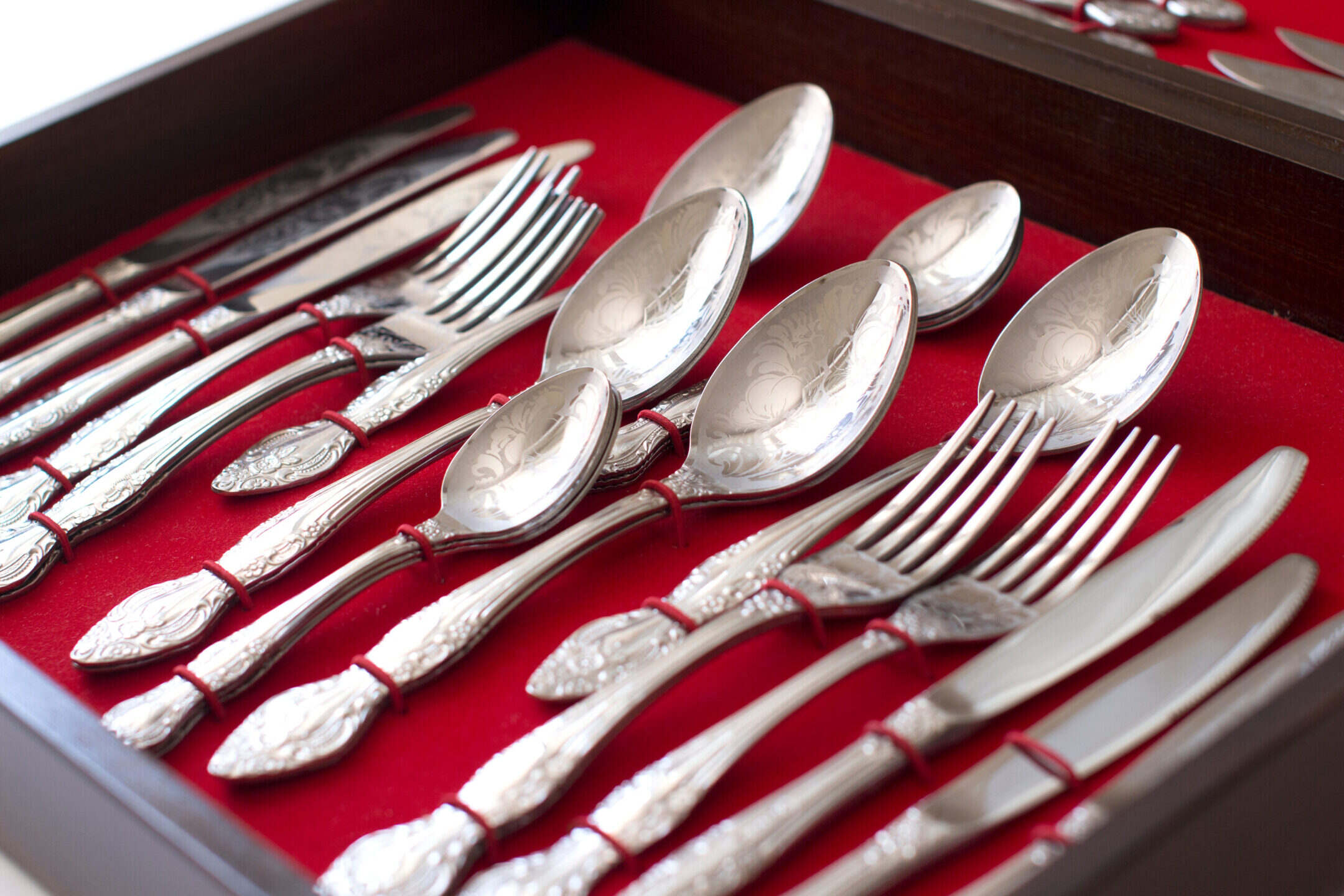
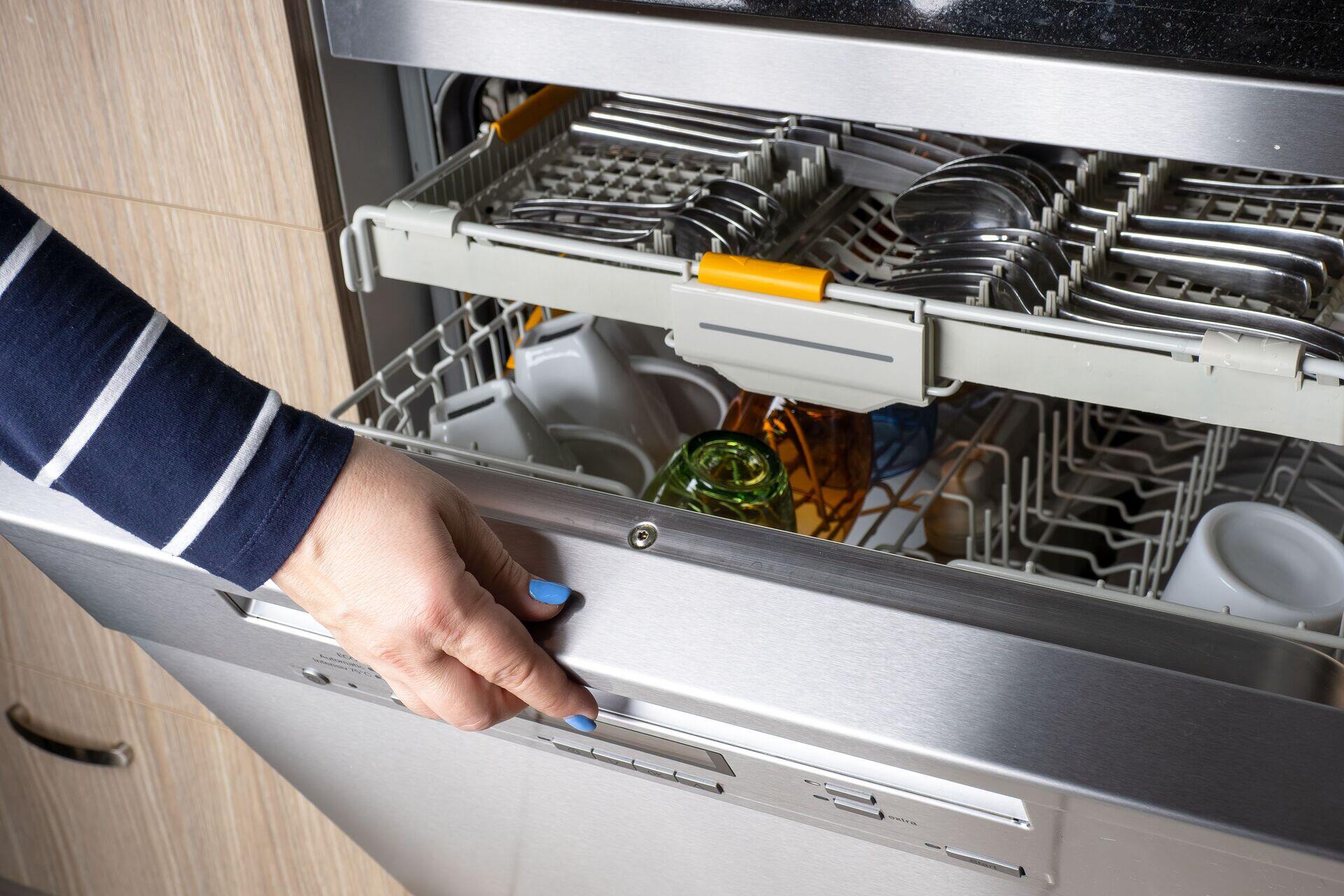
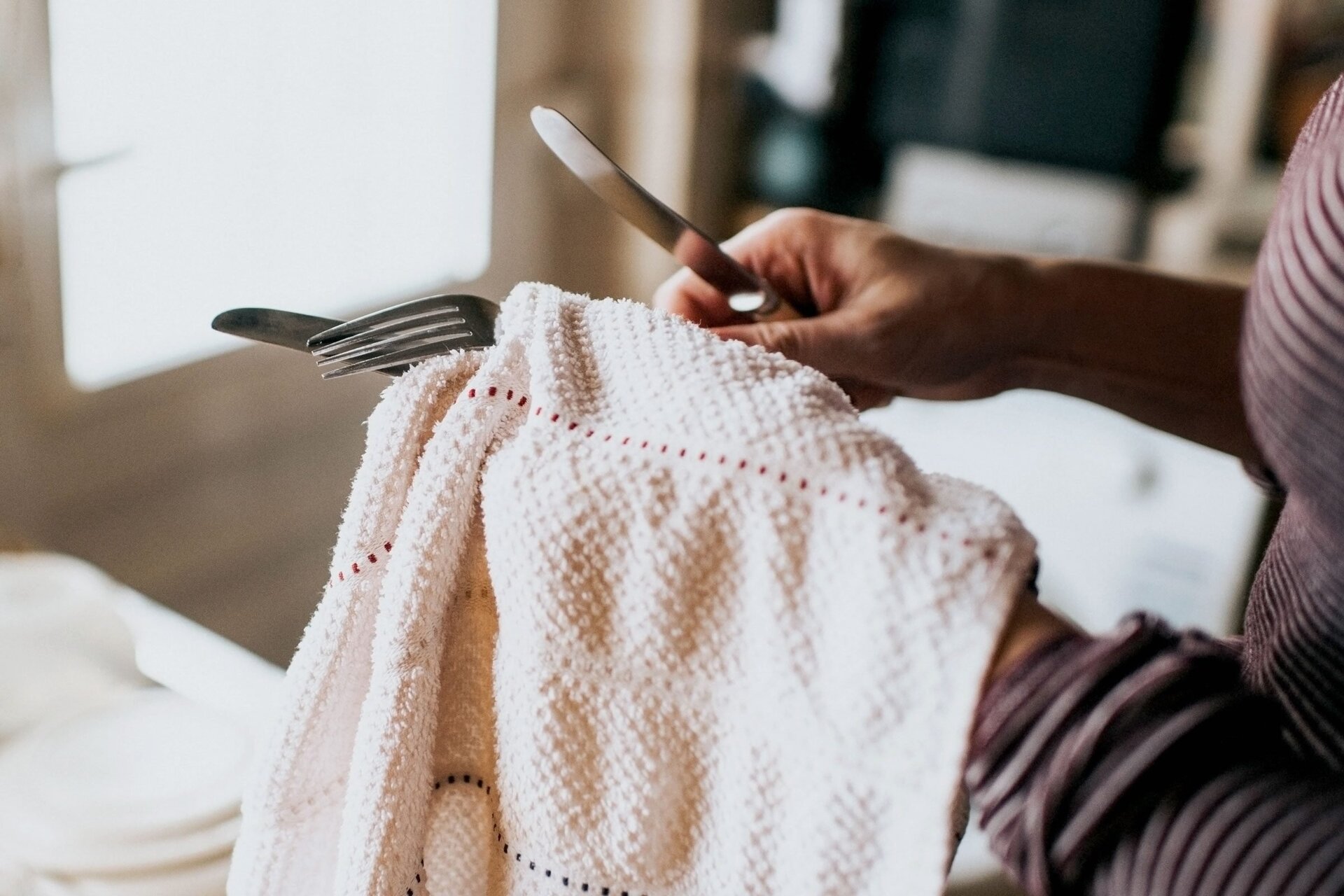
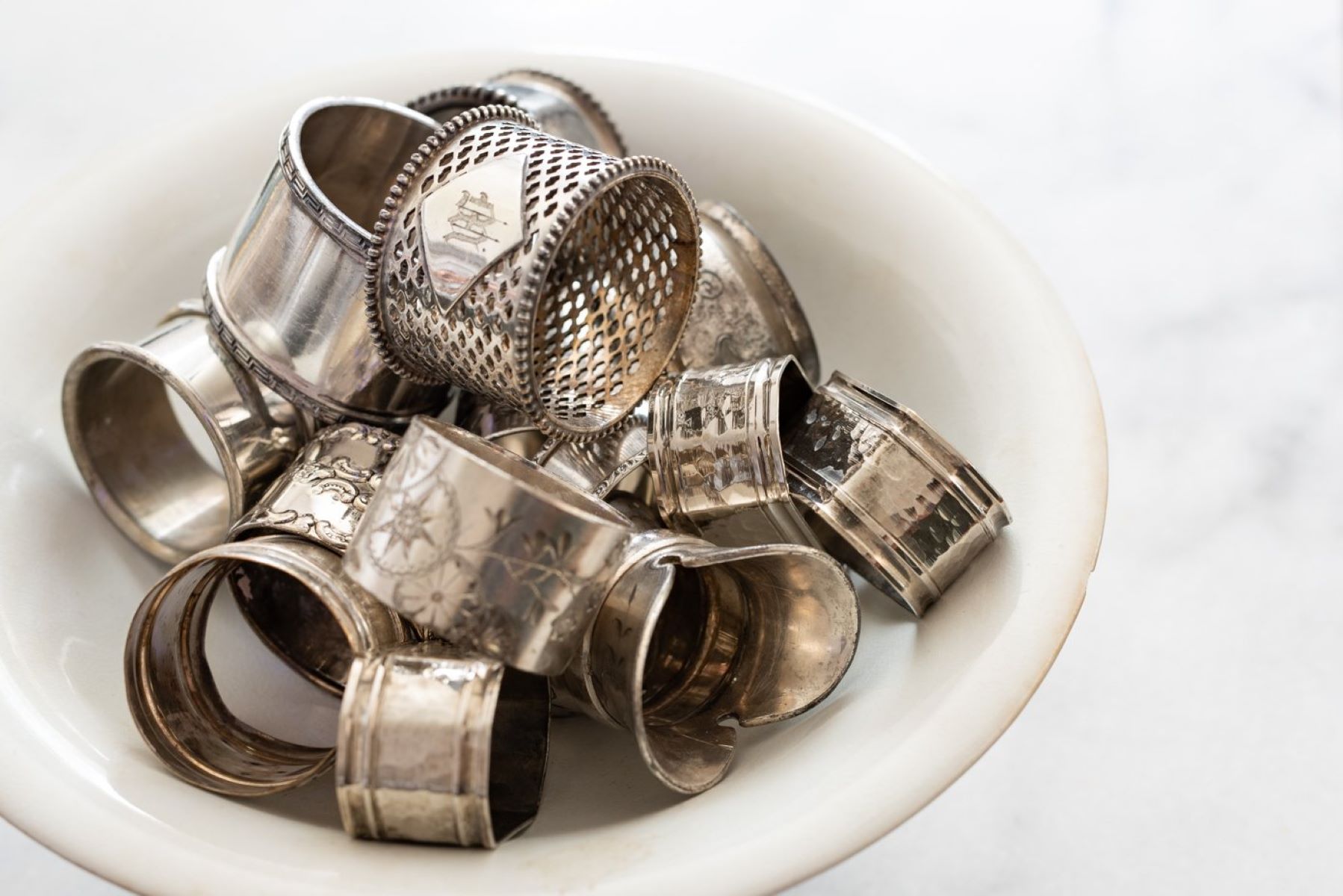

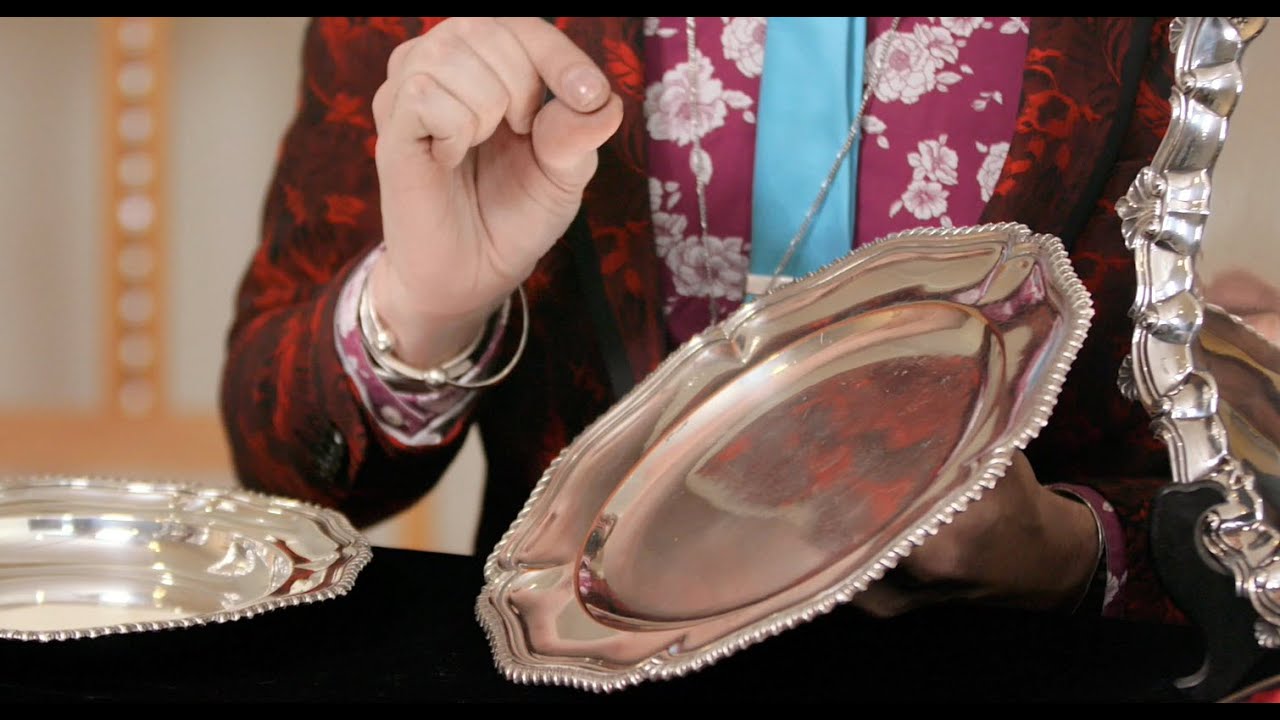
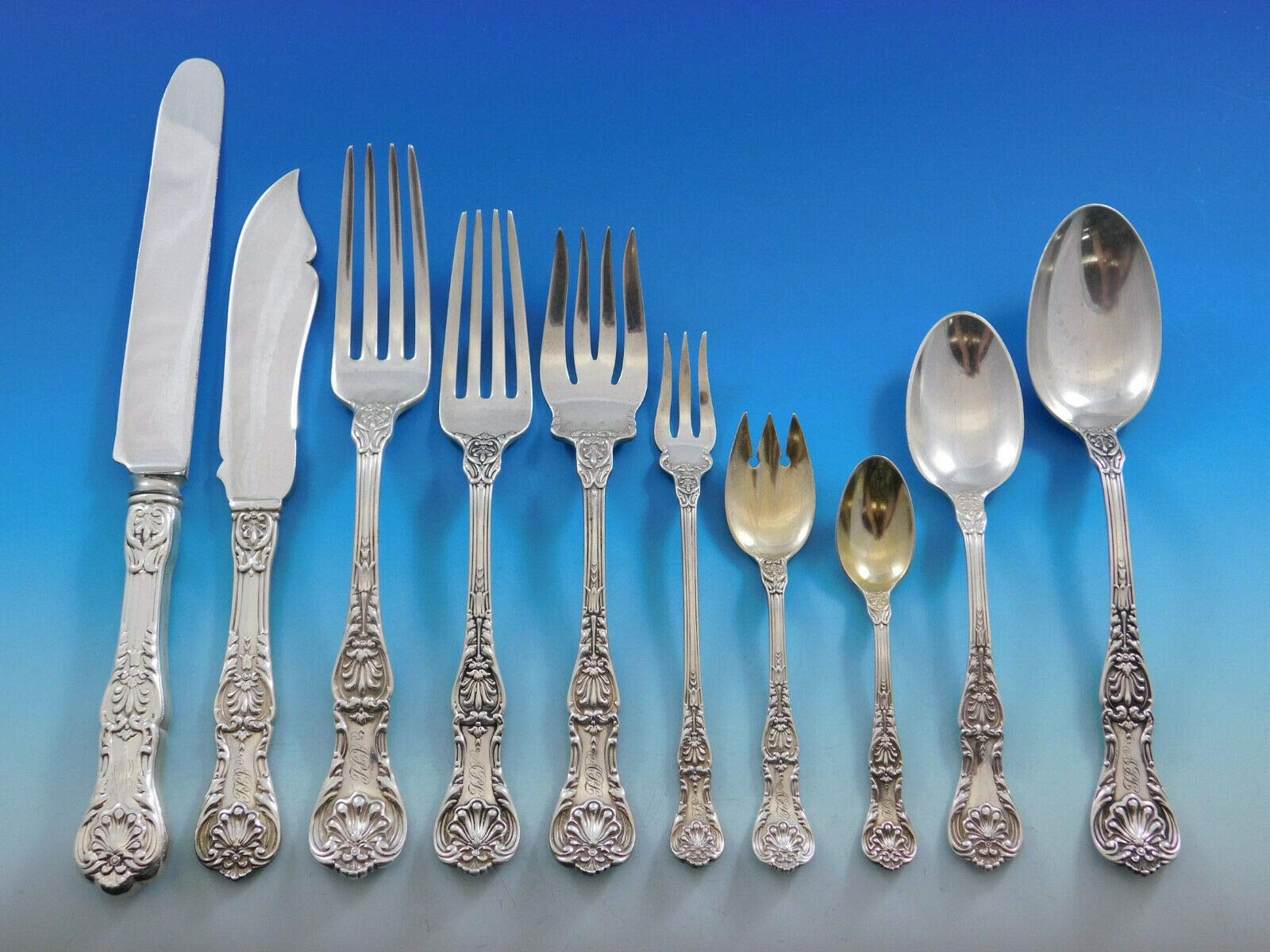
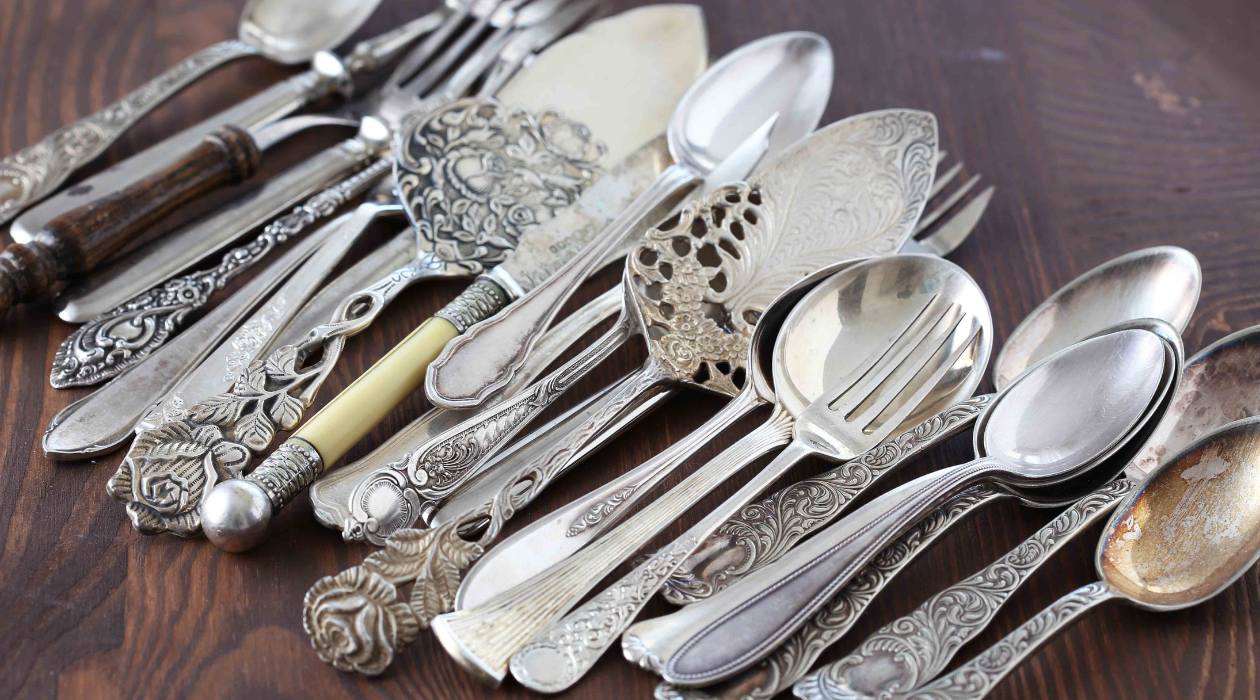
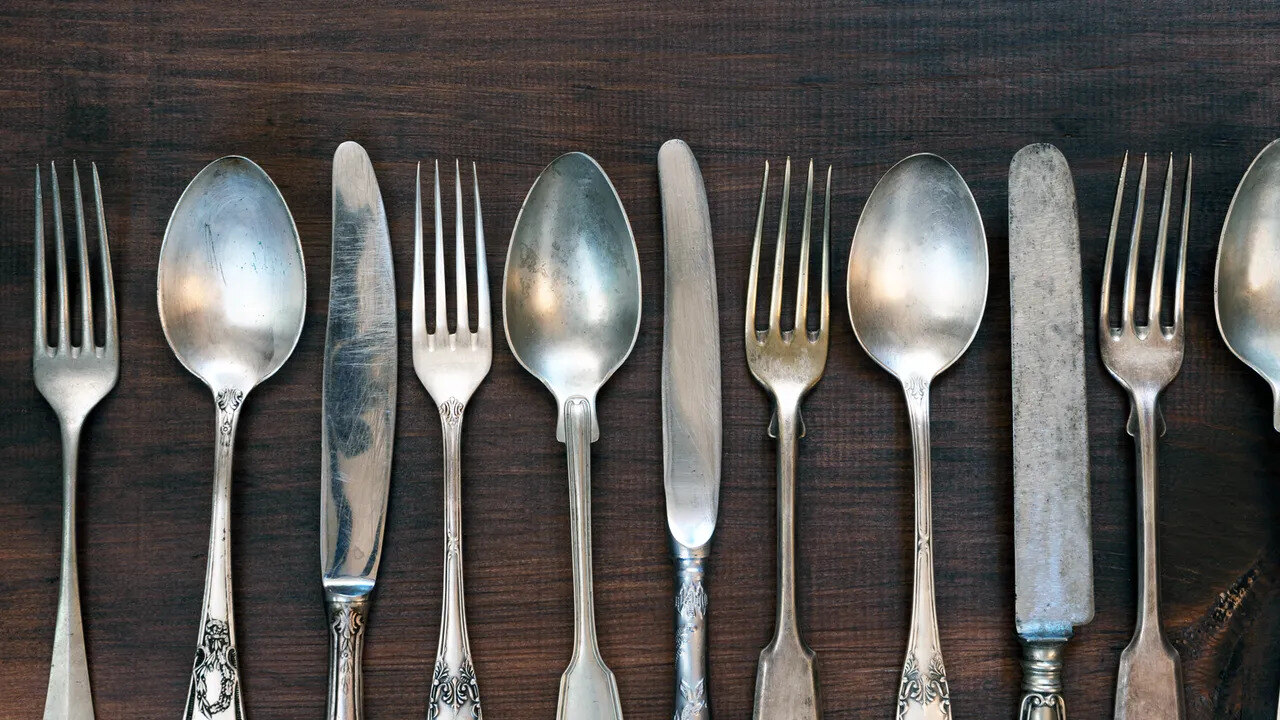
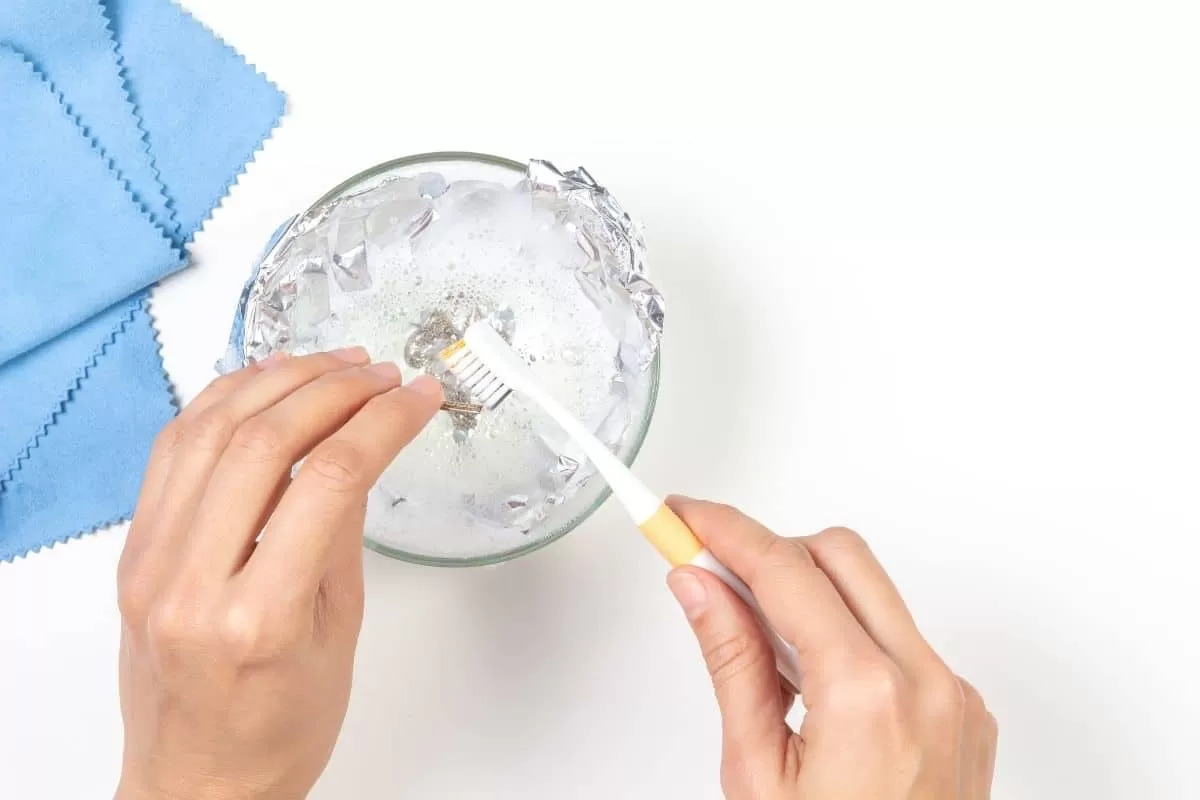
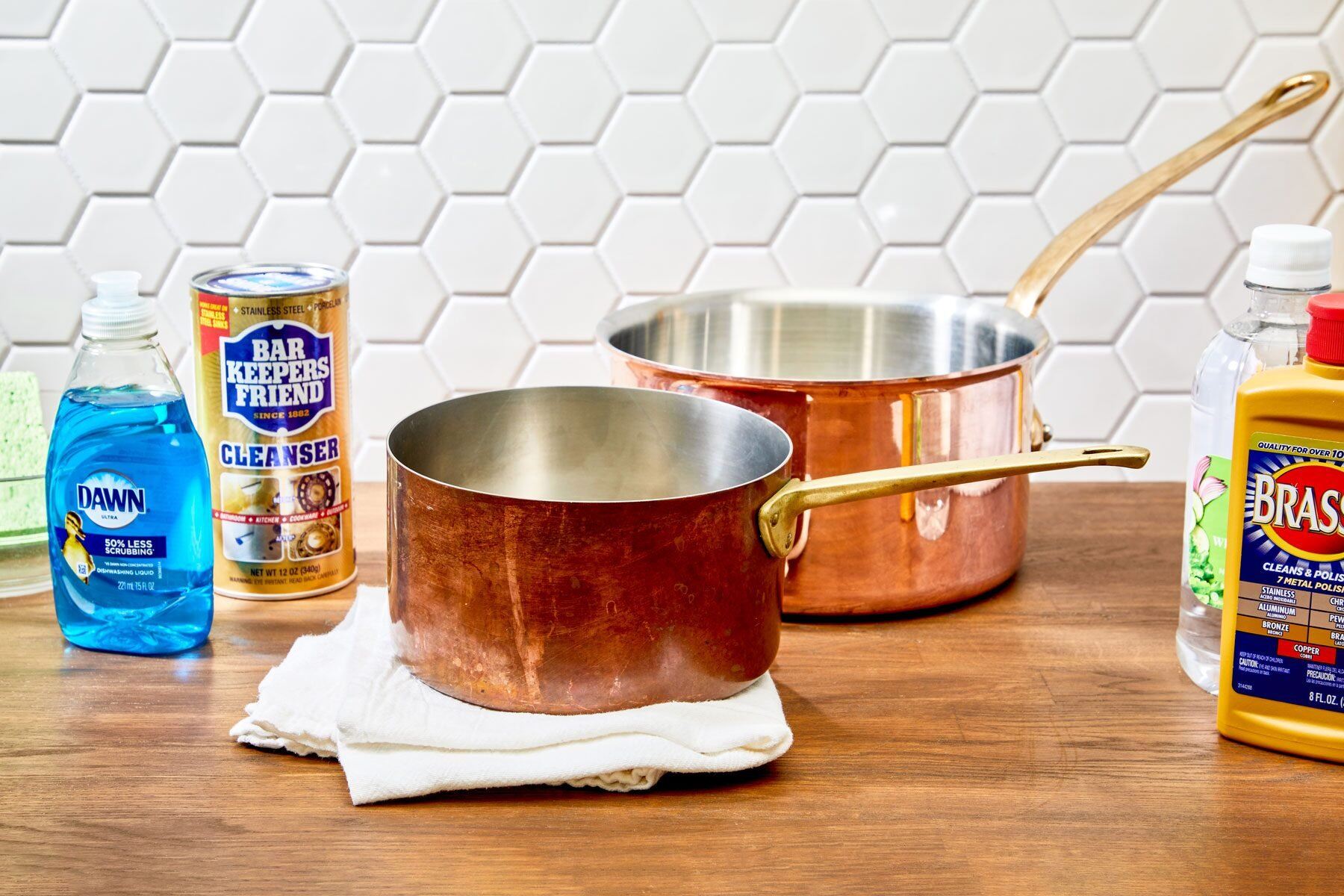
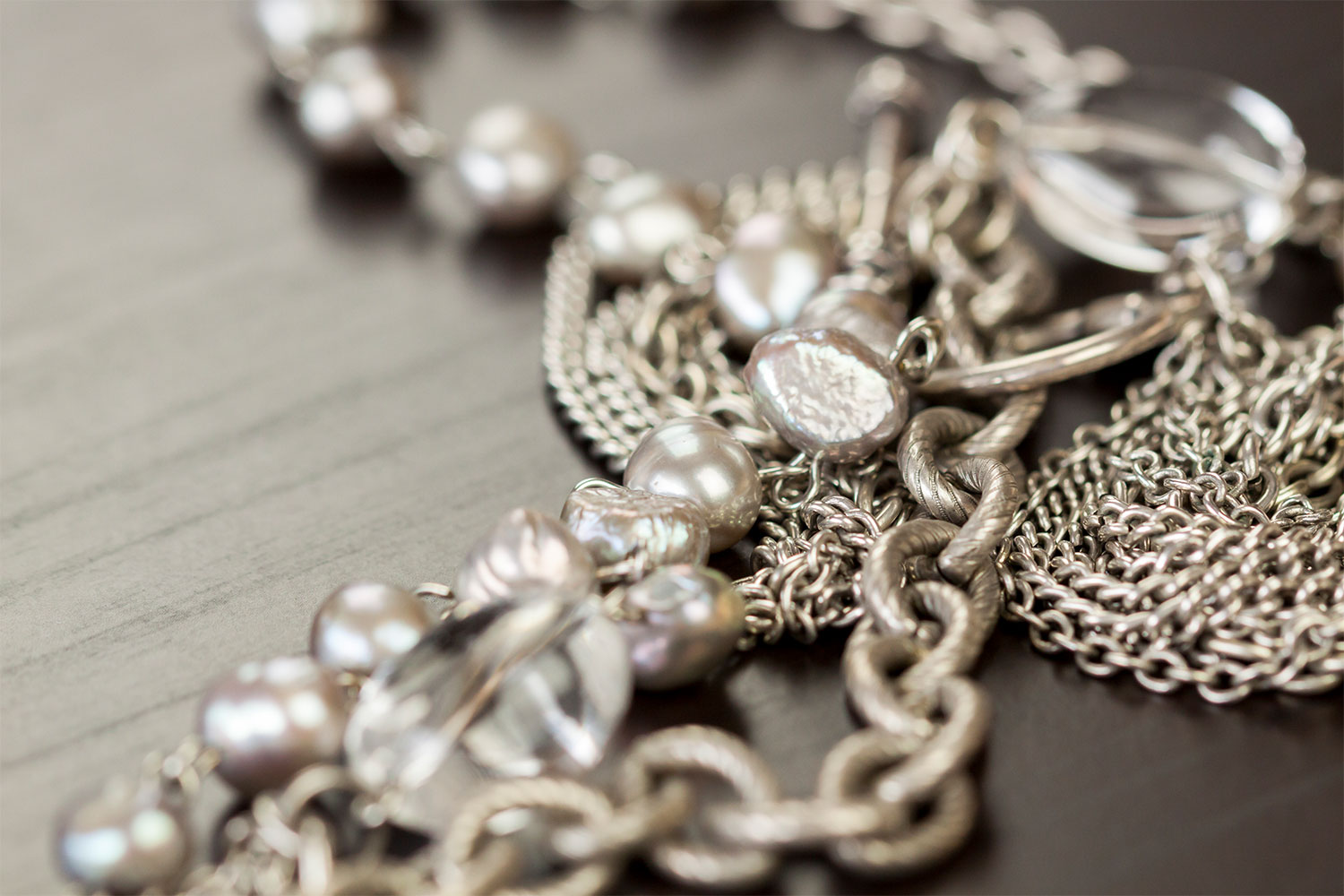
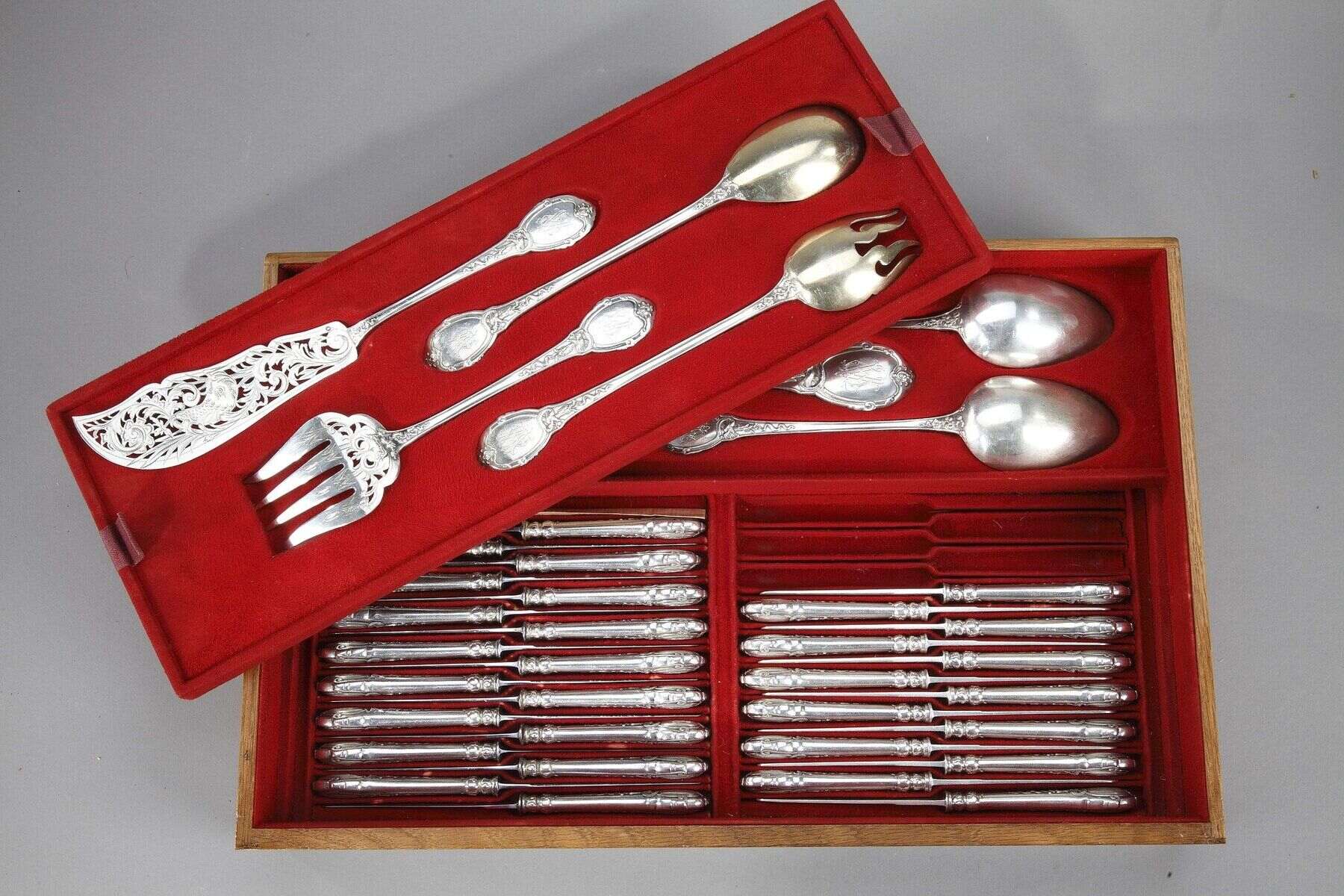

0 thoughts on “How To Clean Tarnished Silver Cutlery”